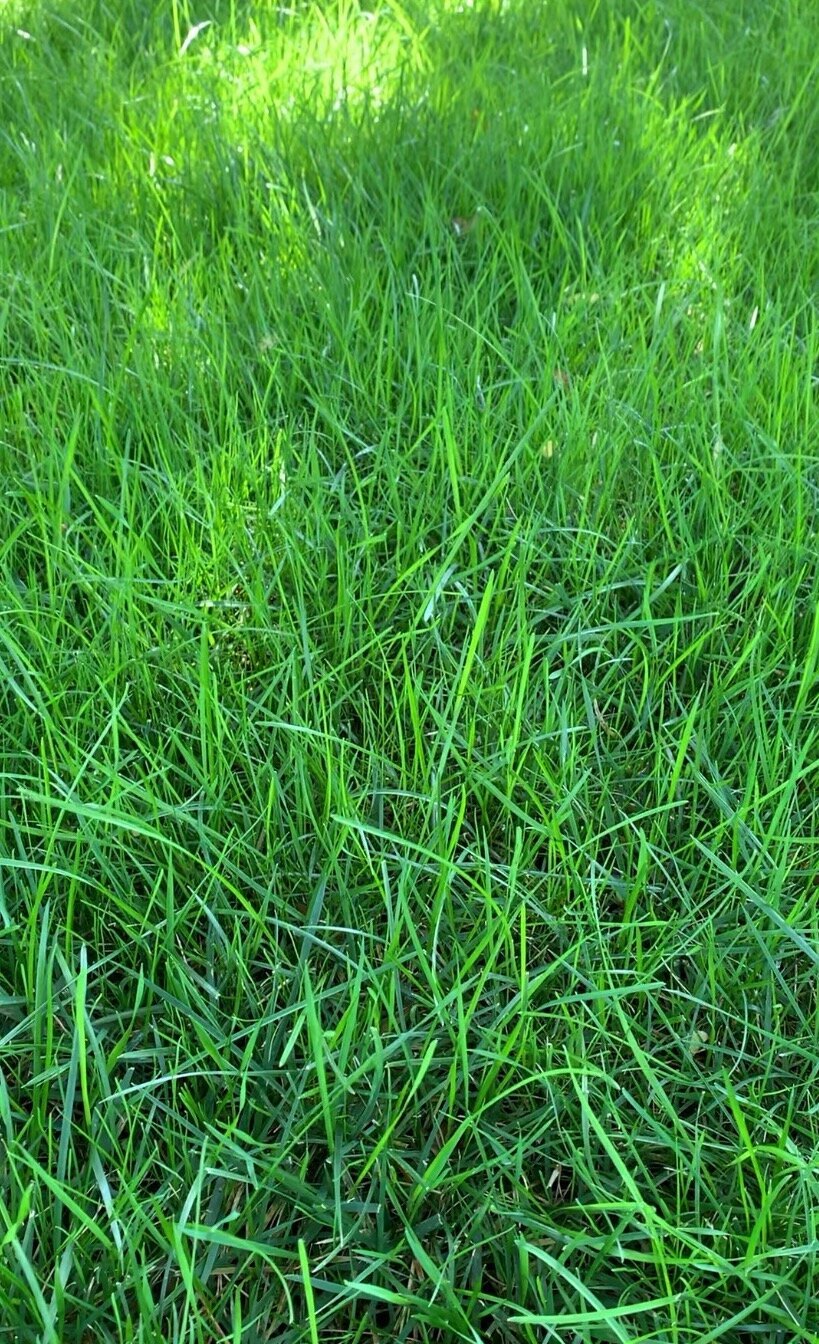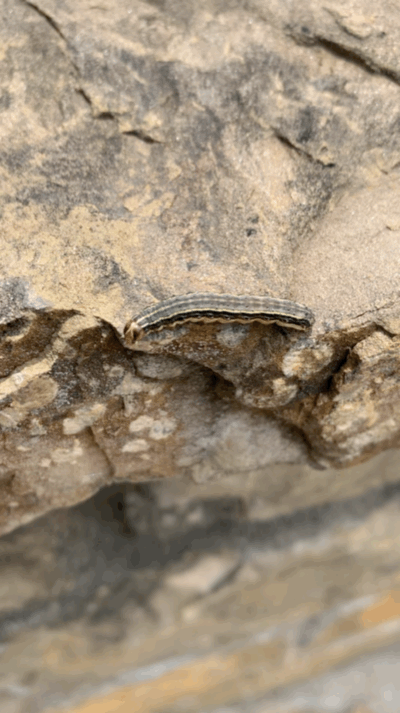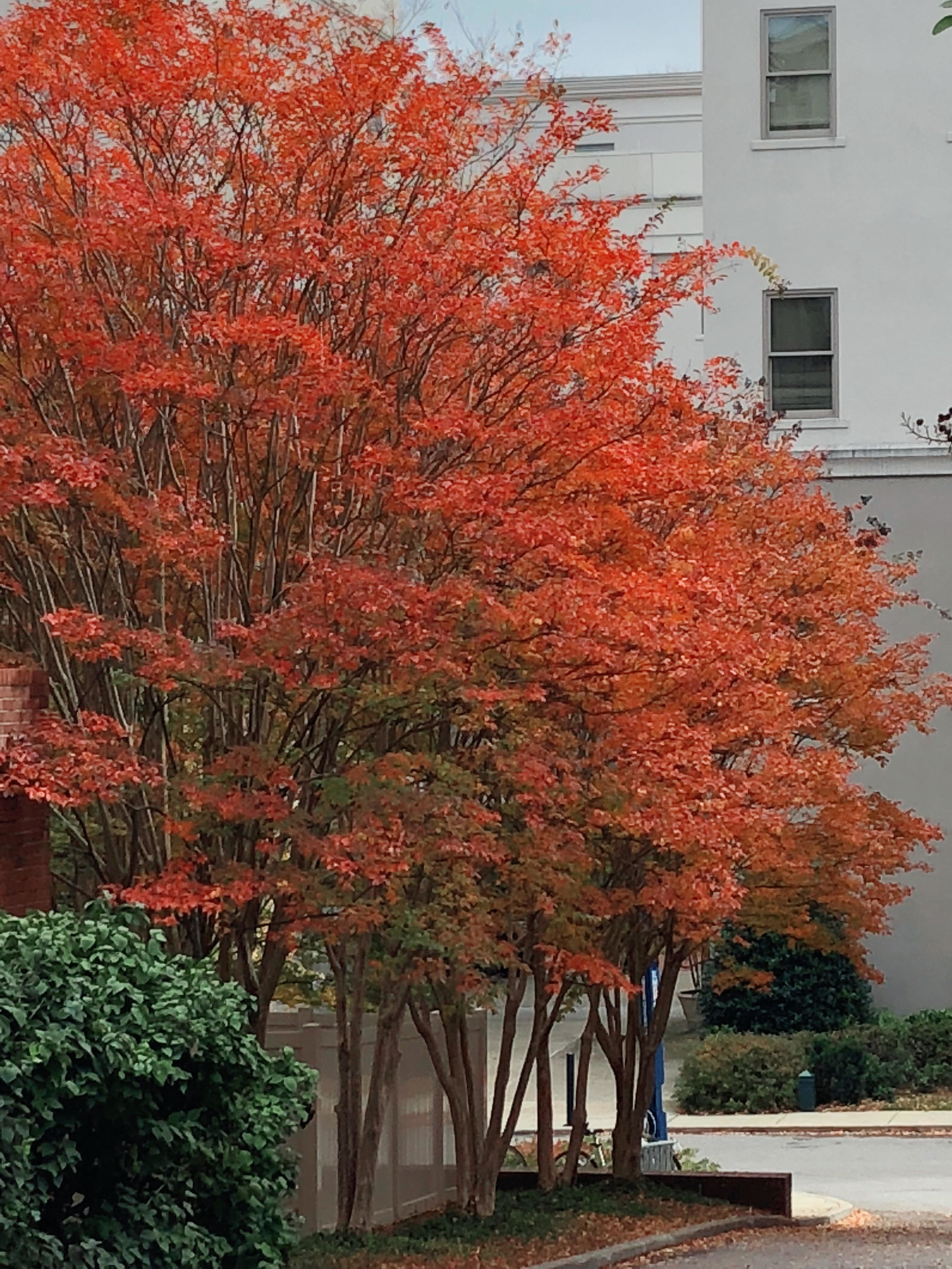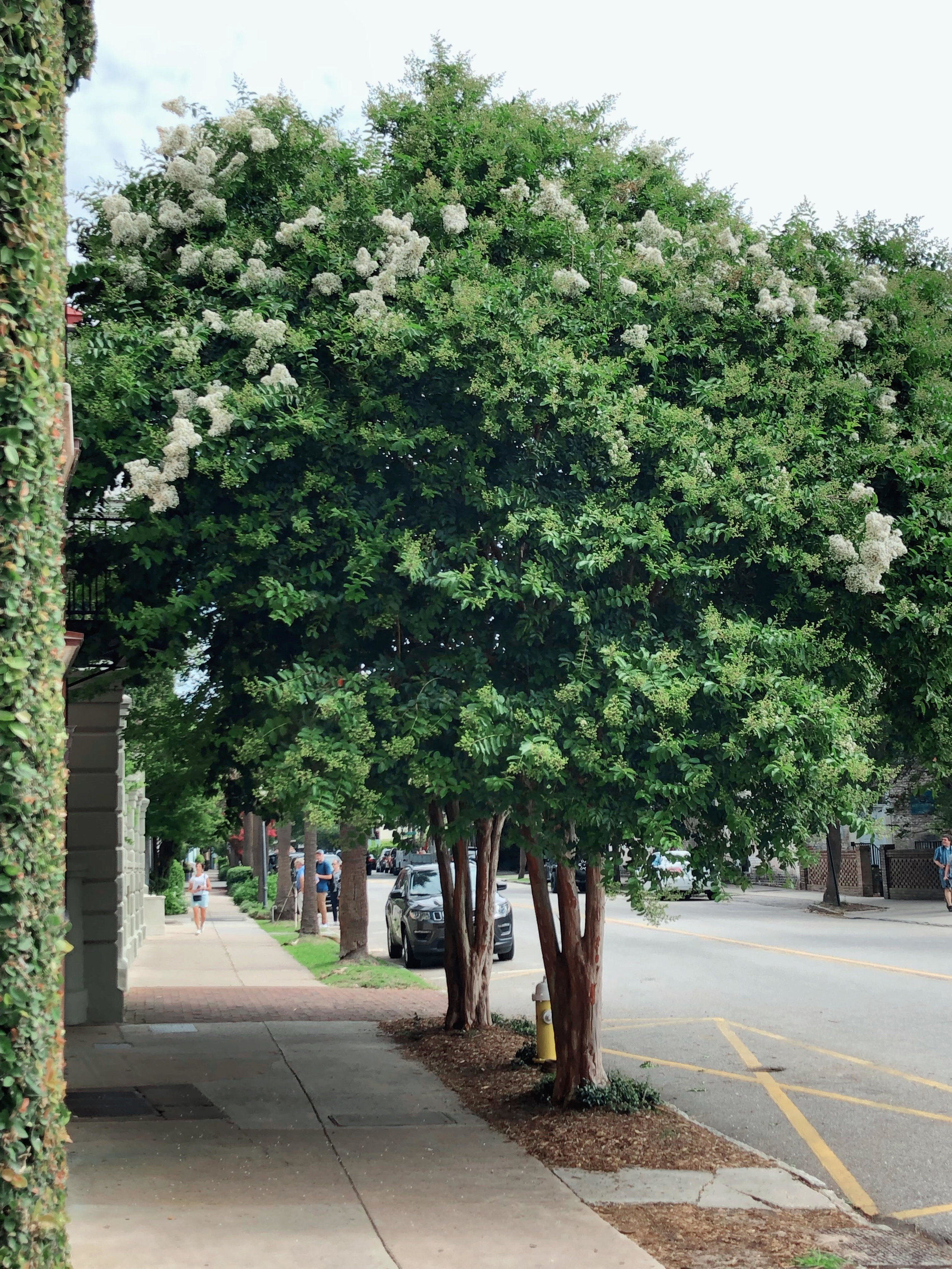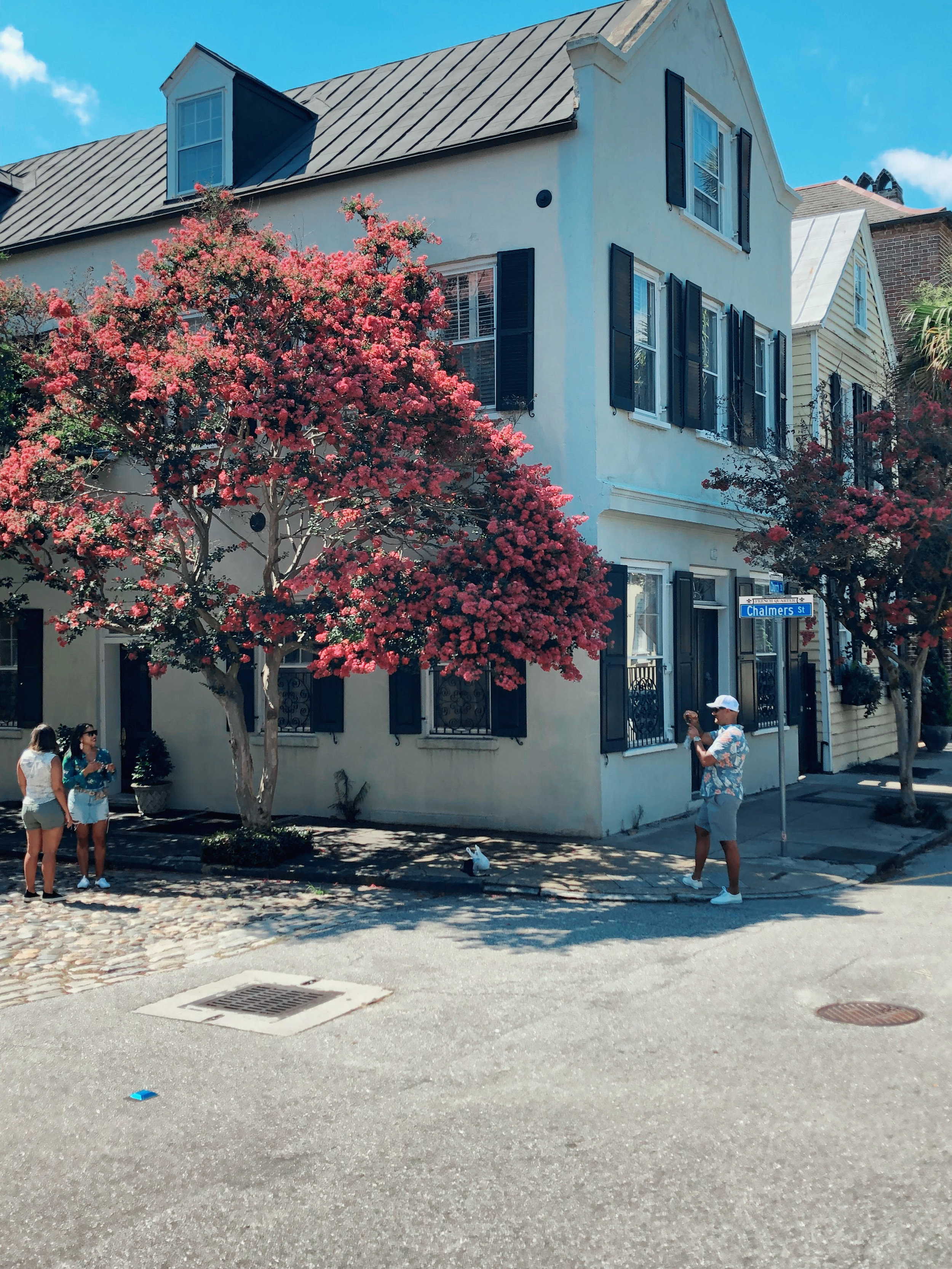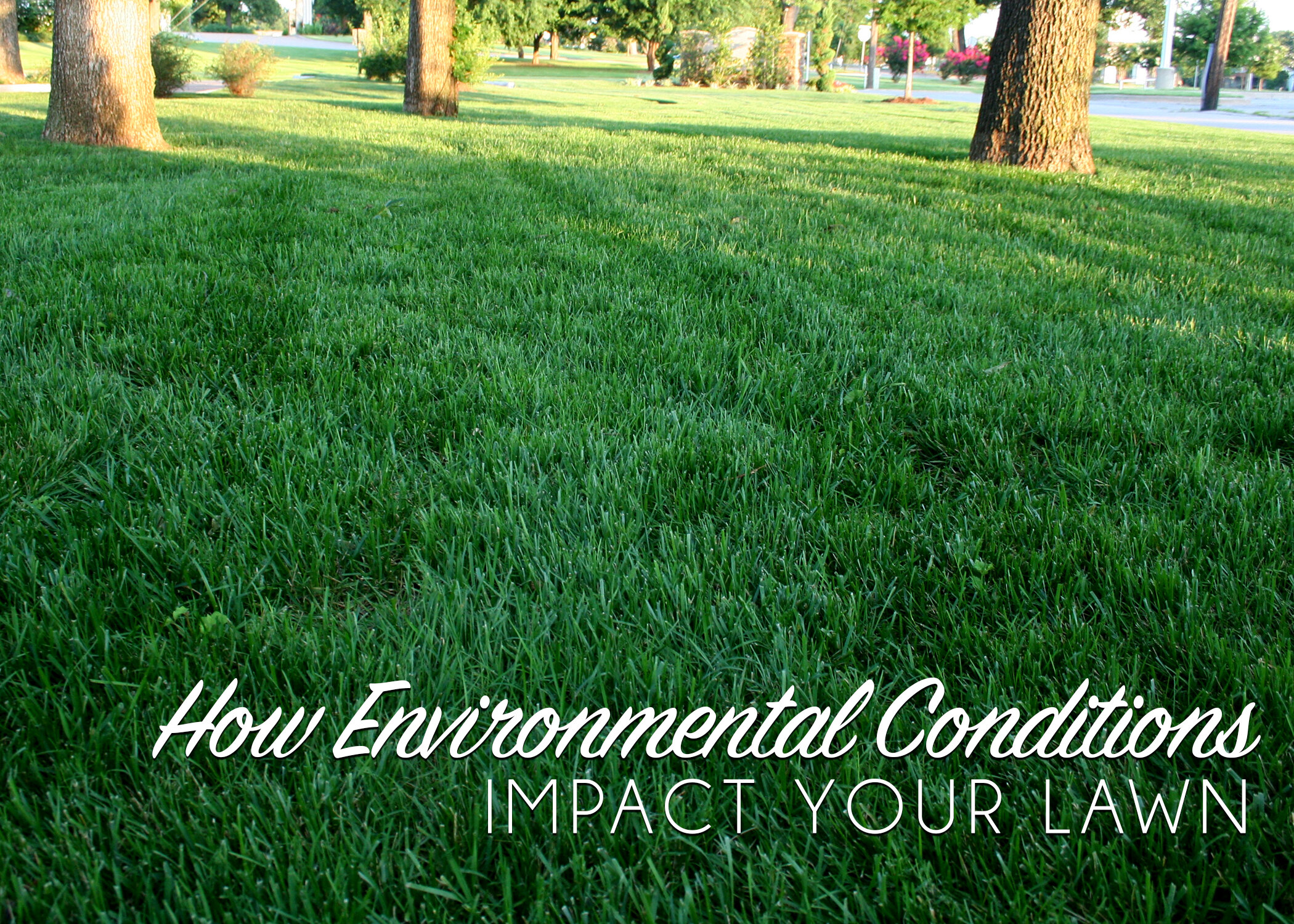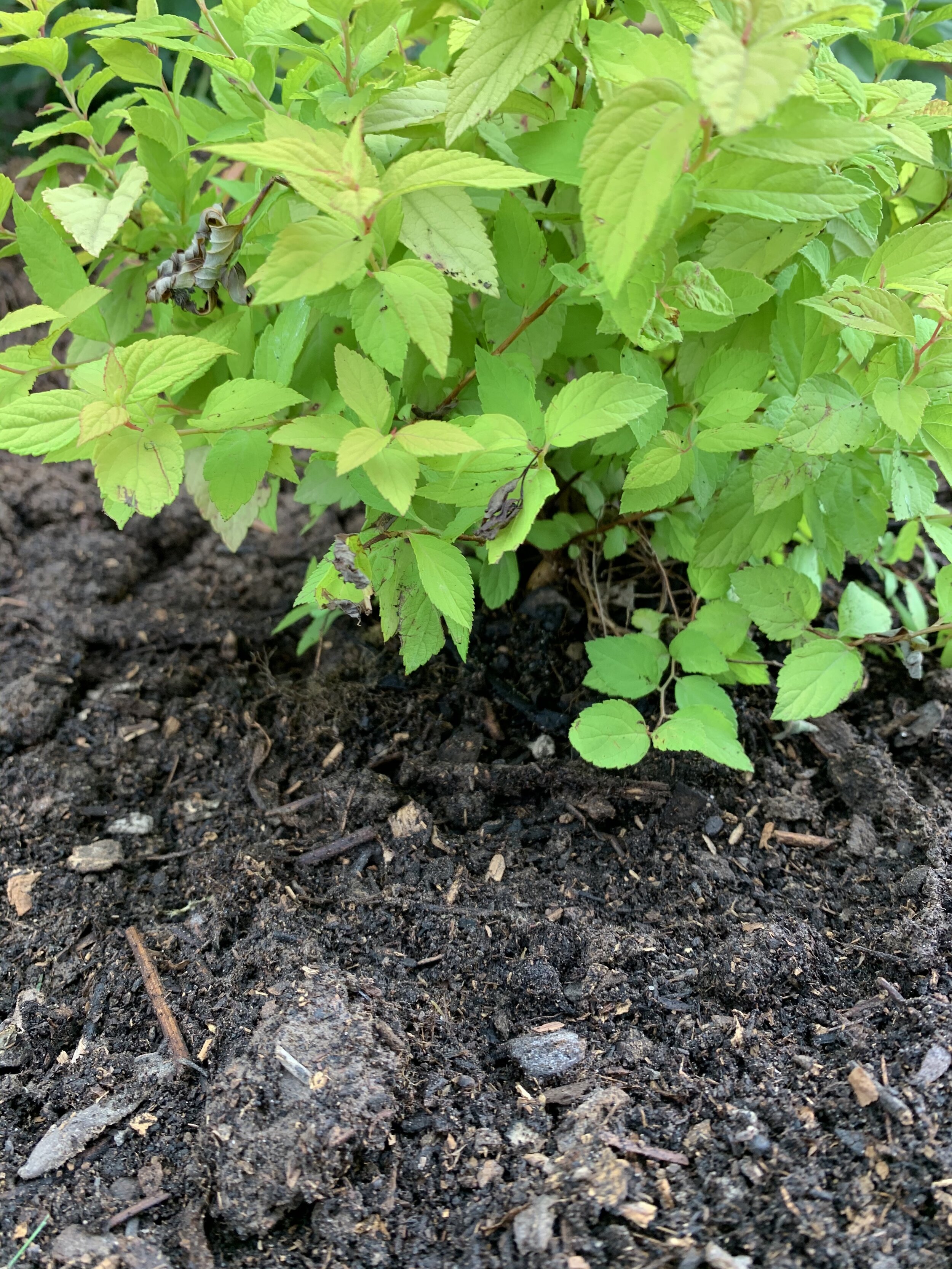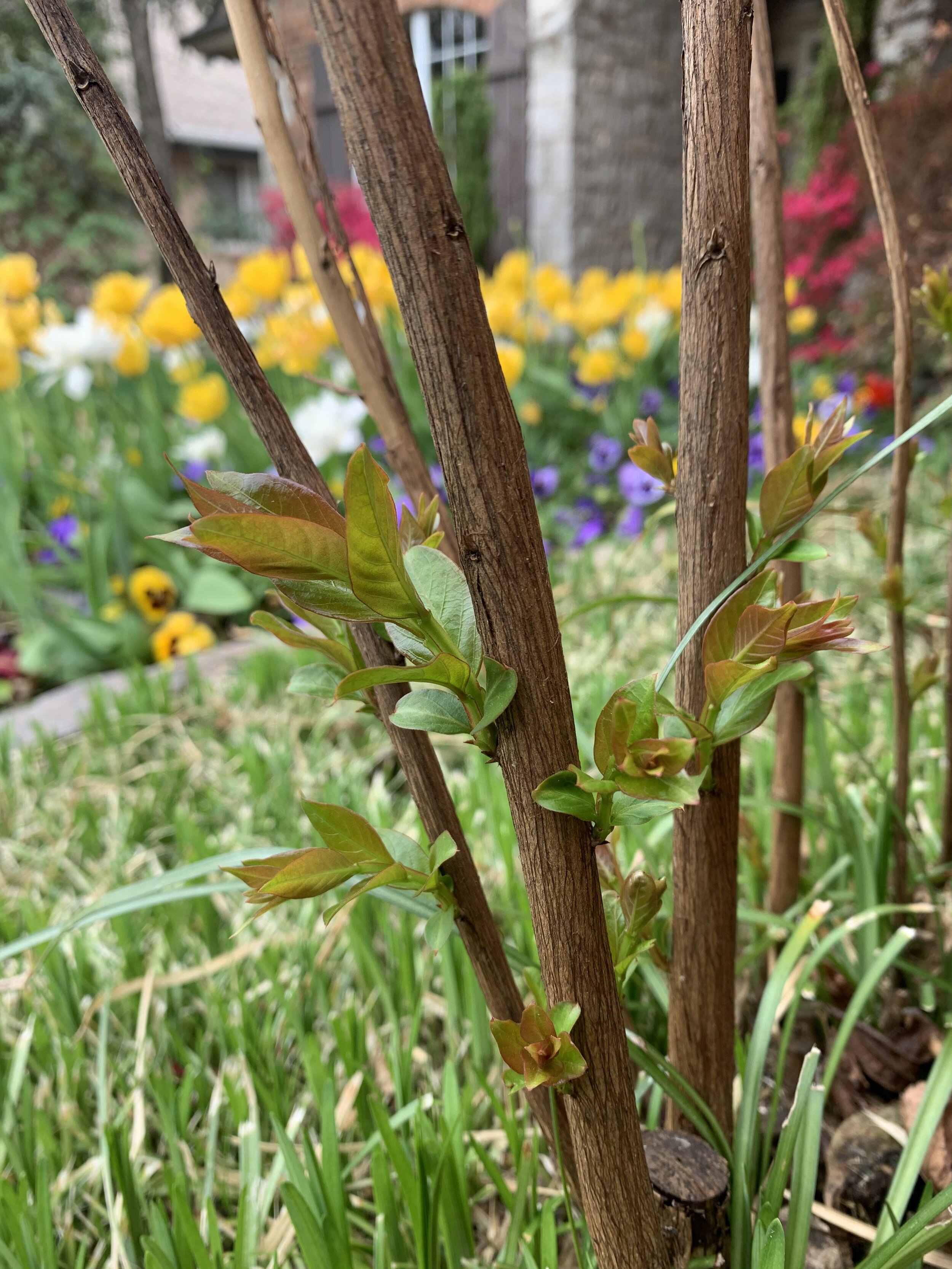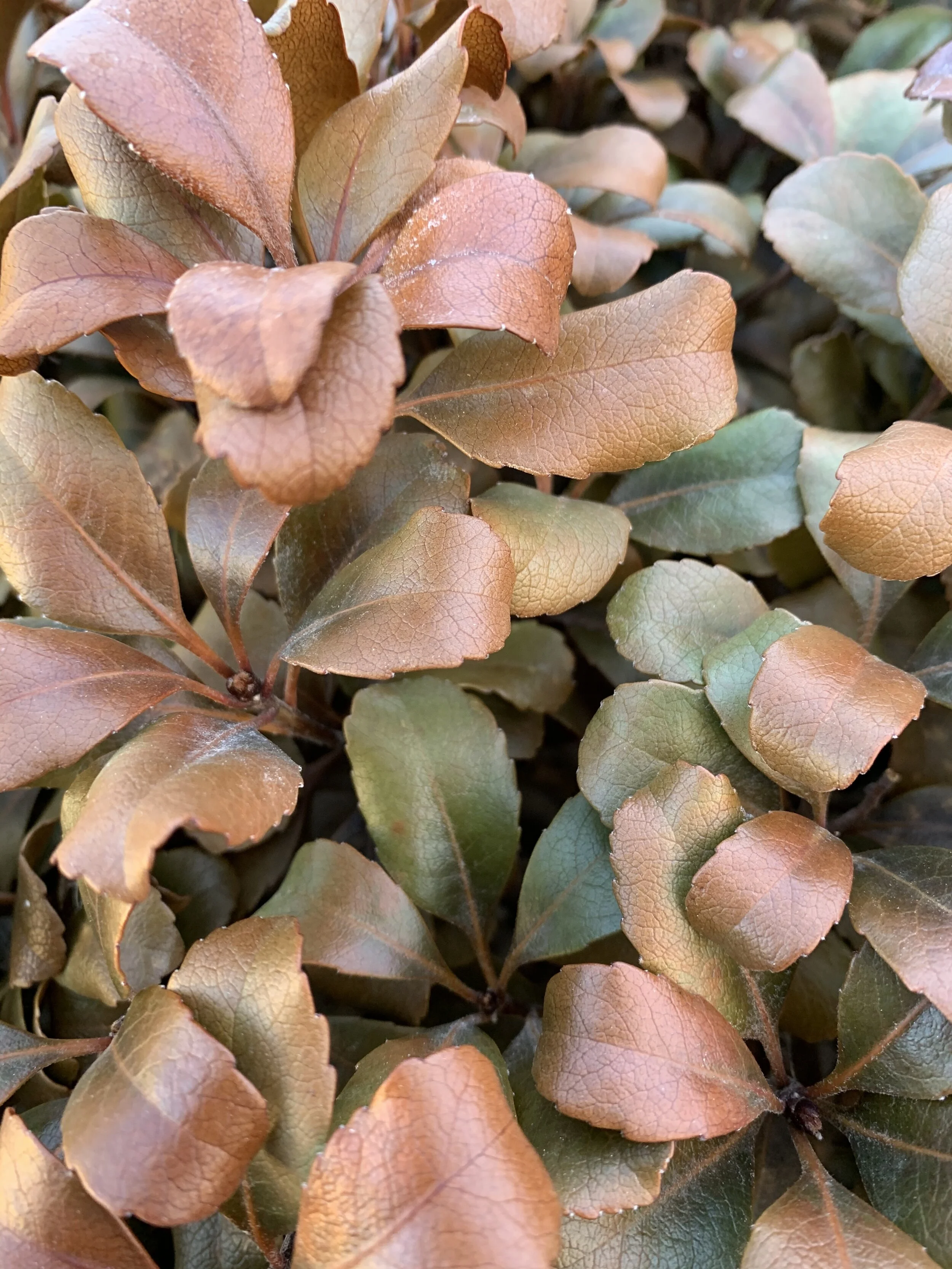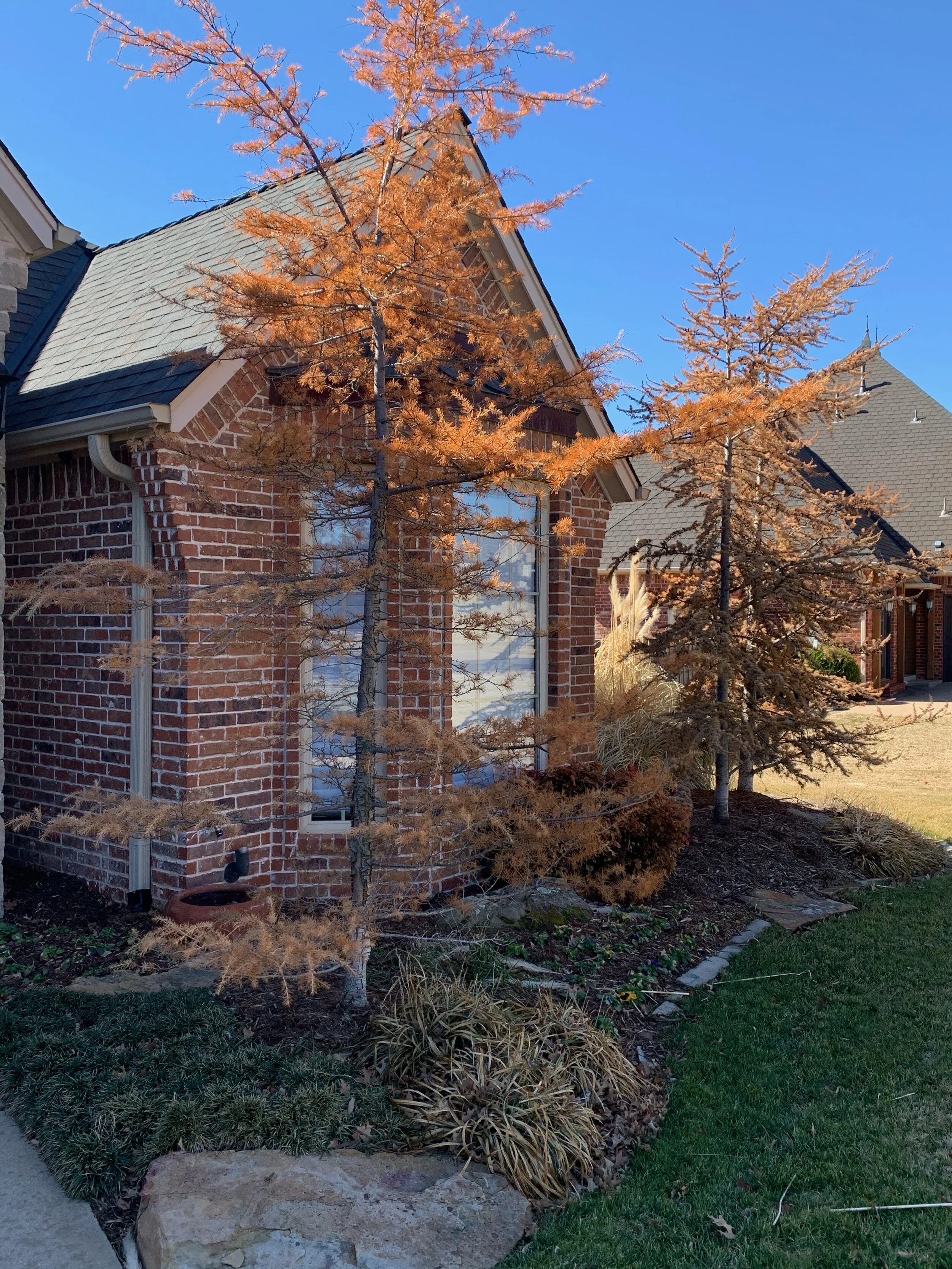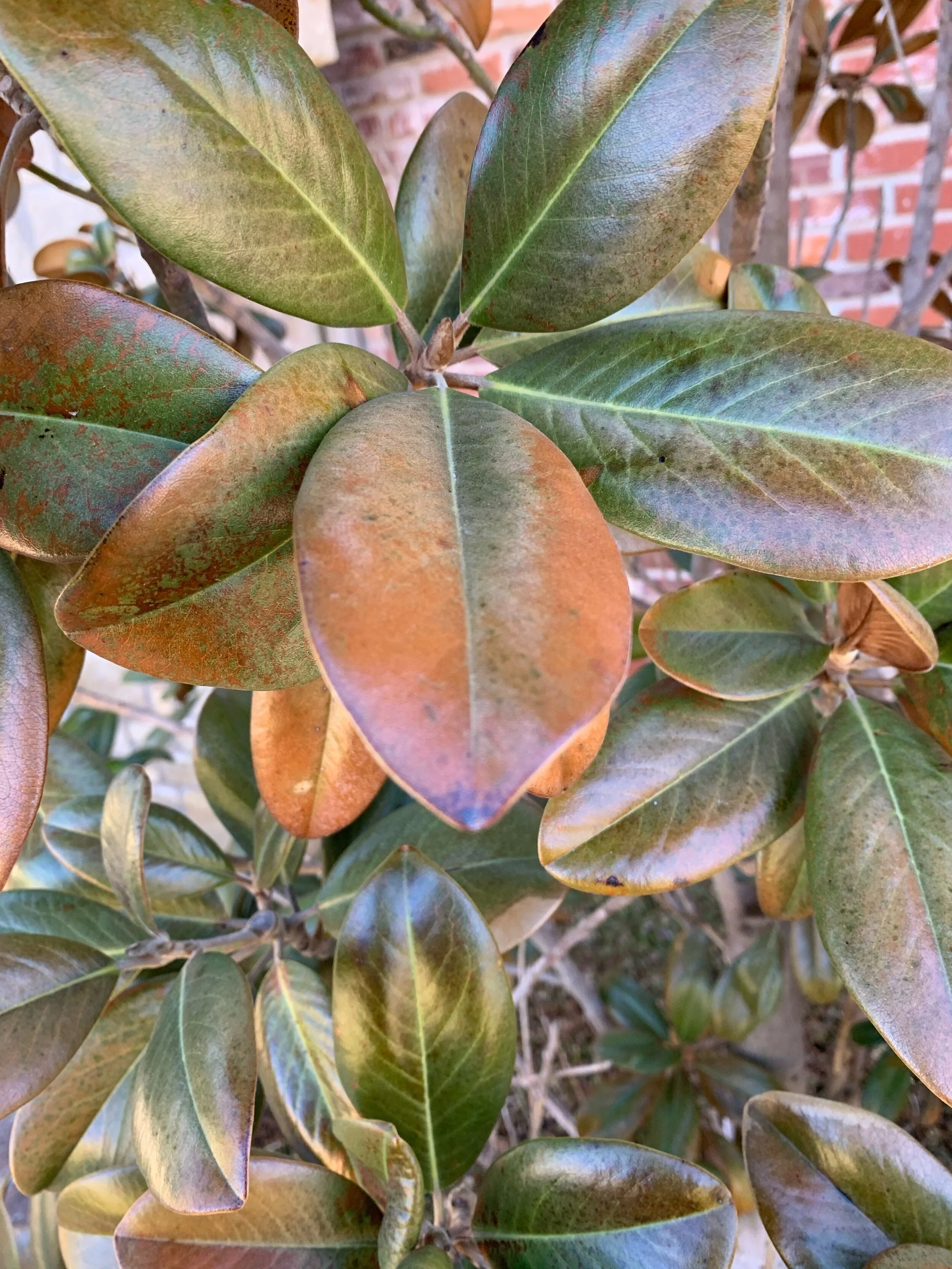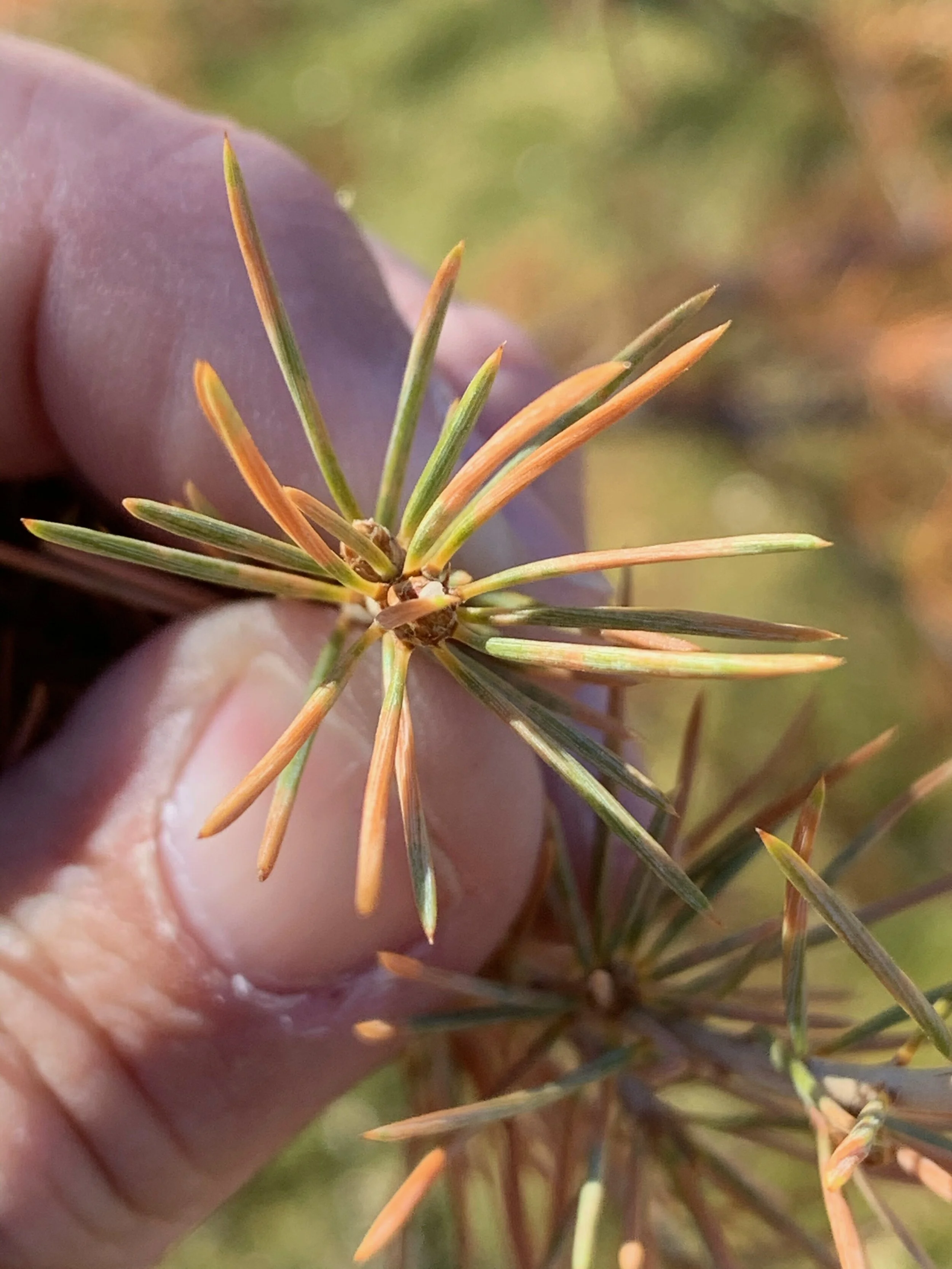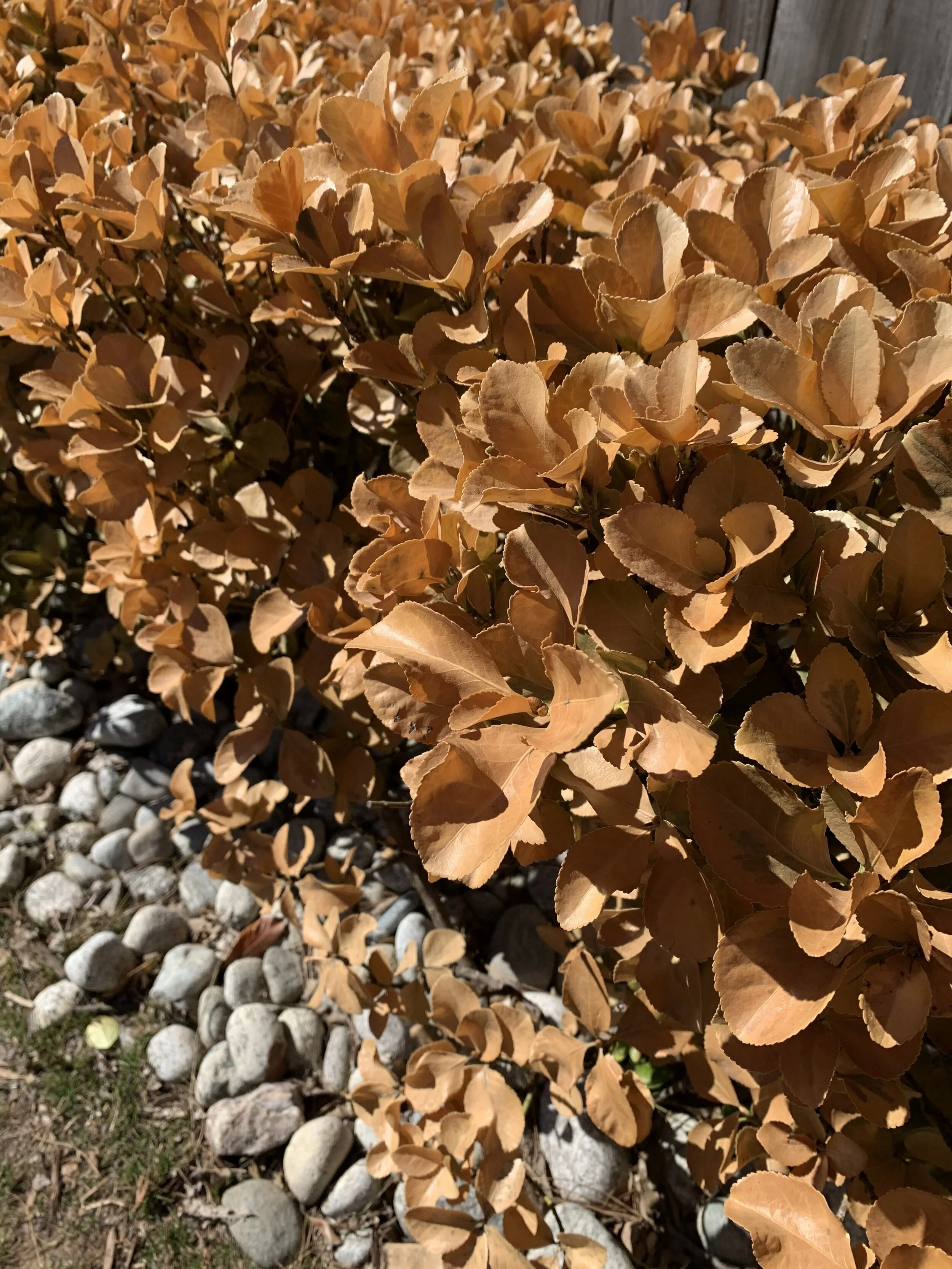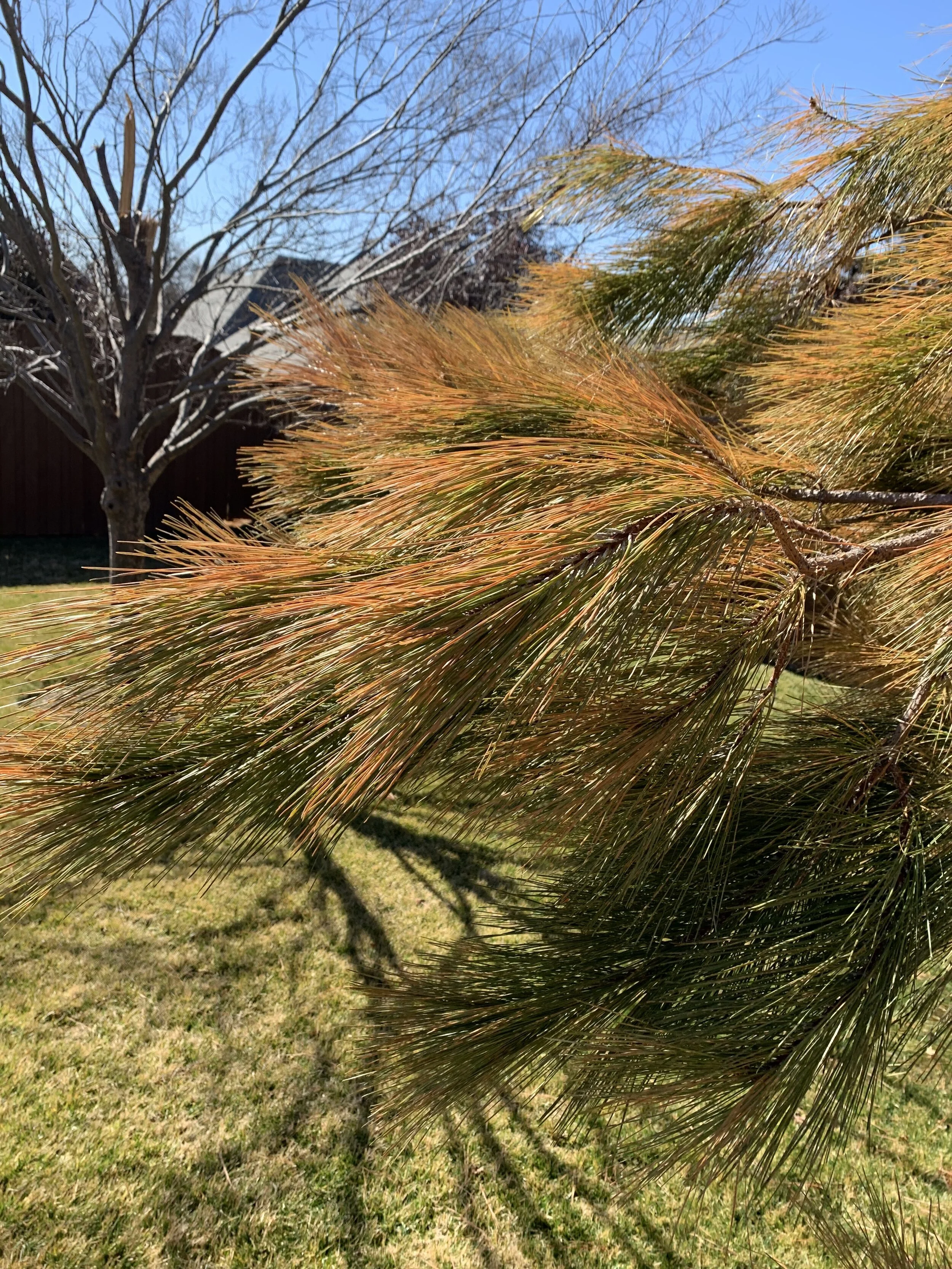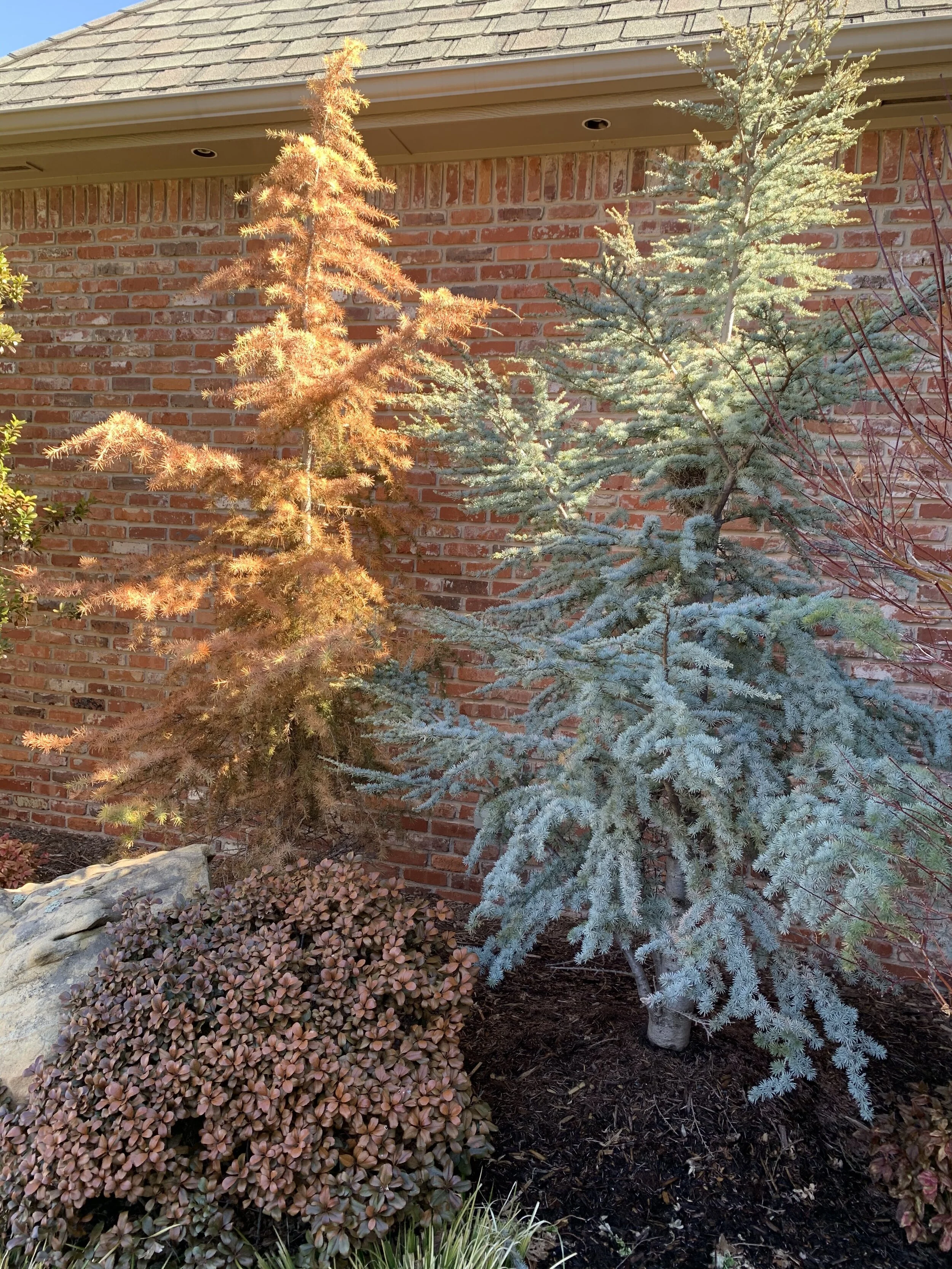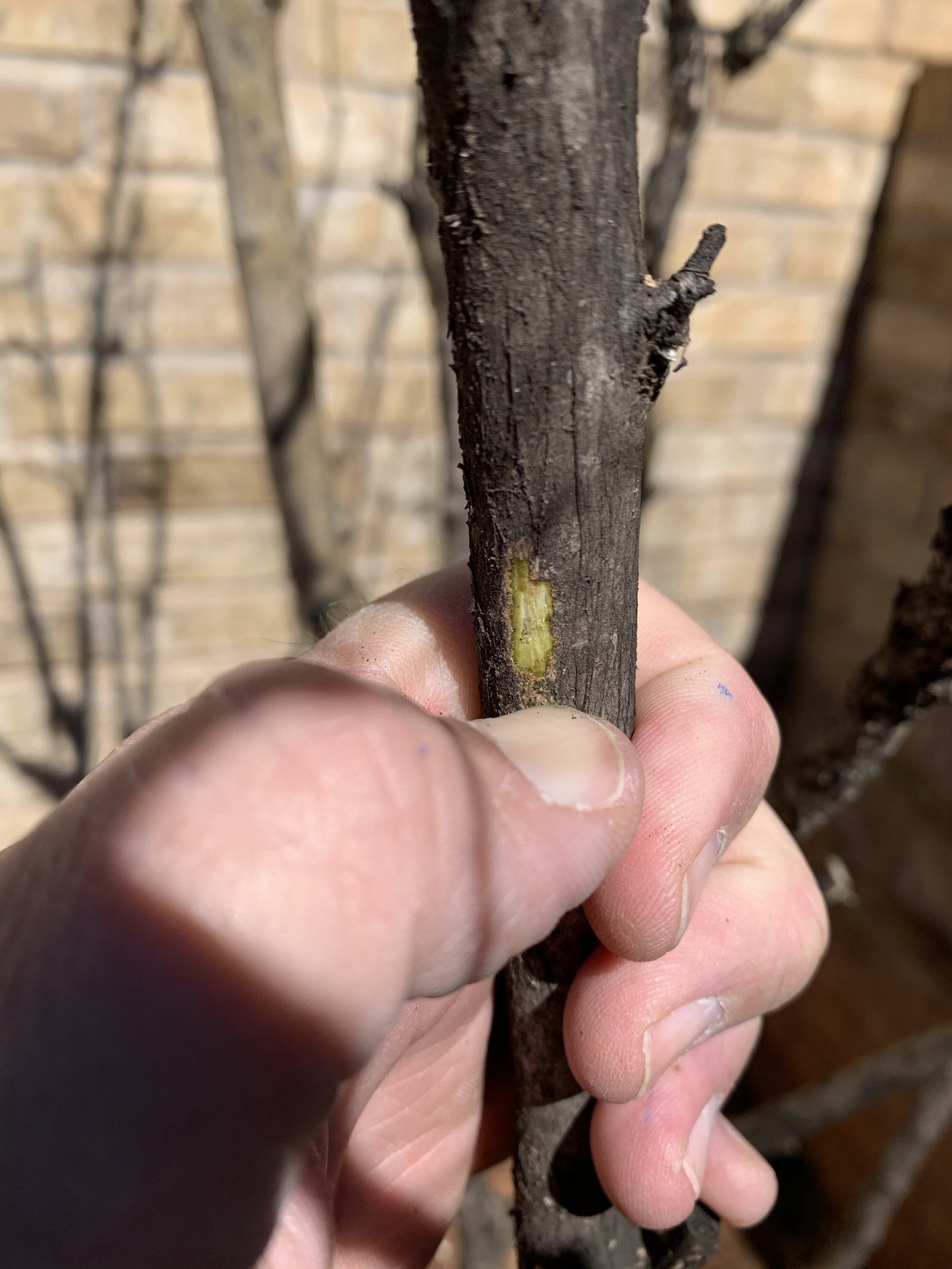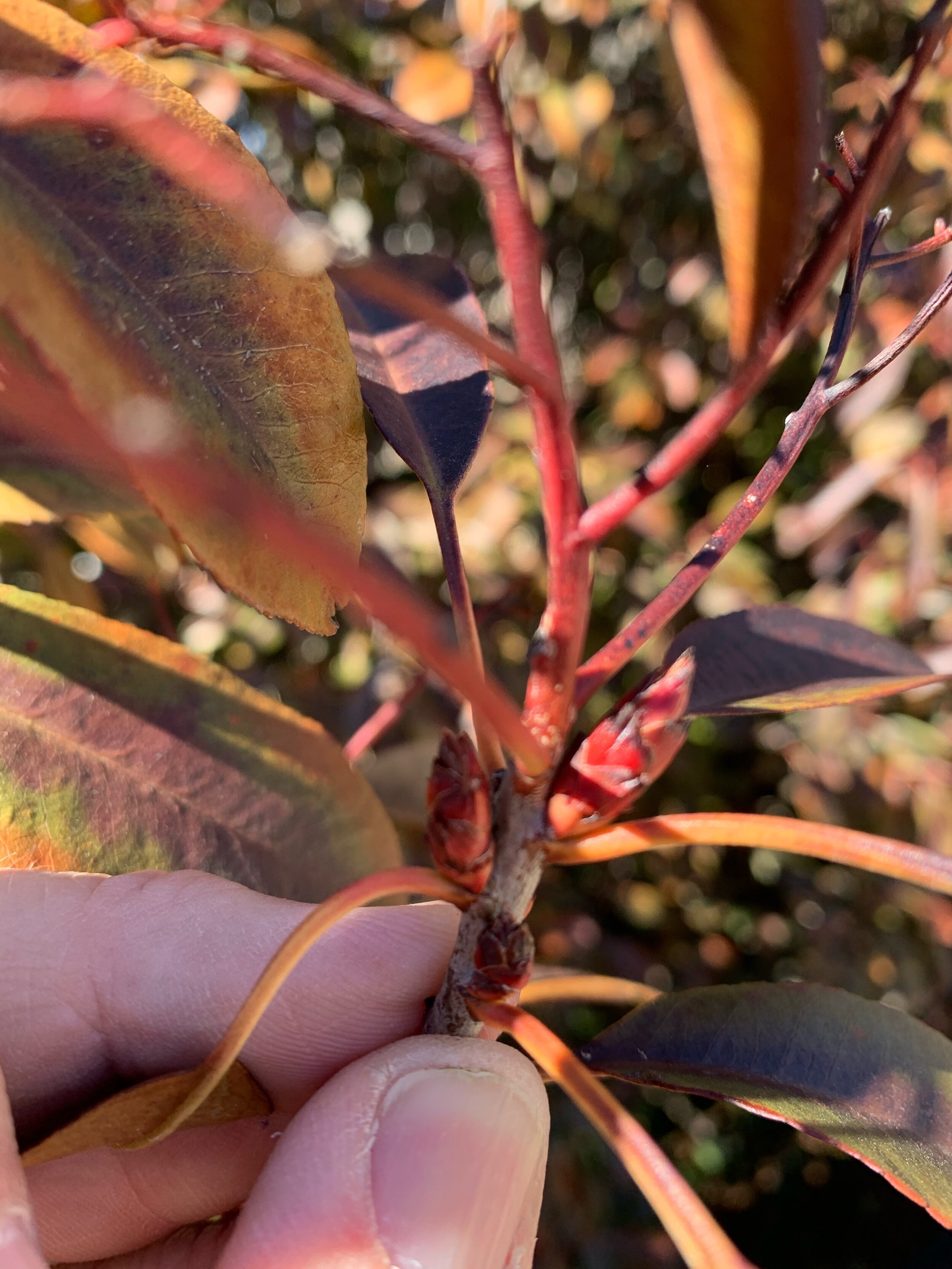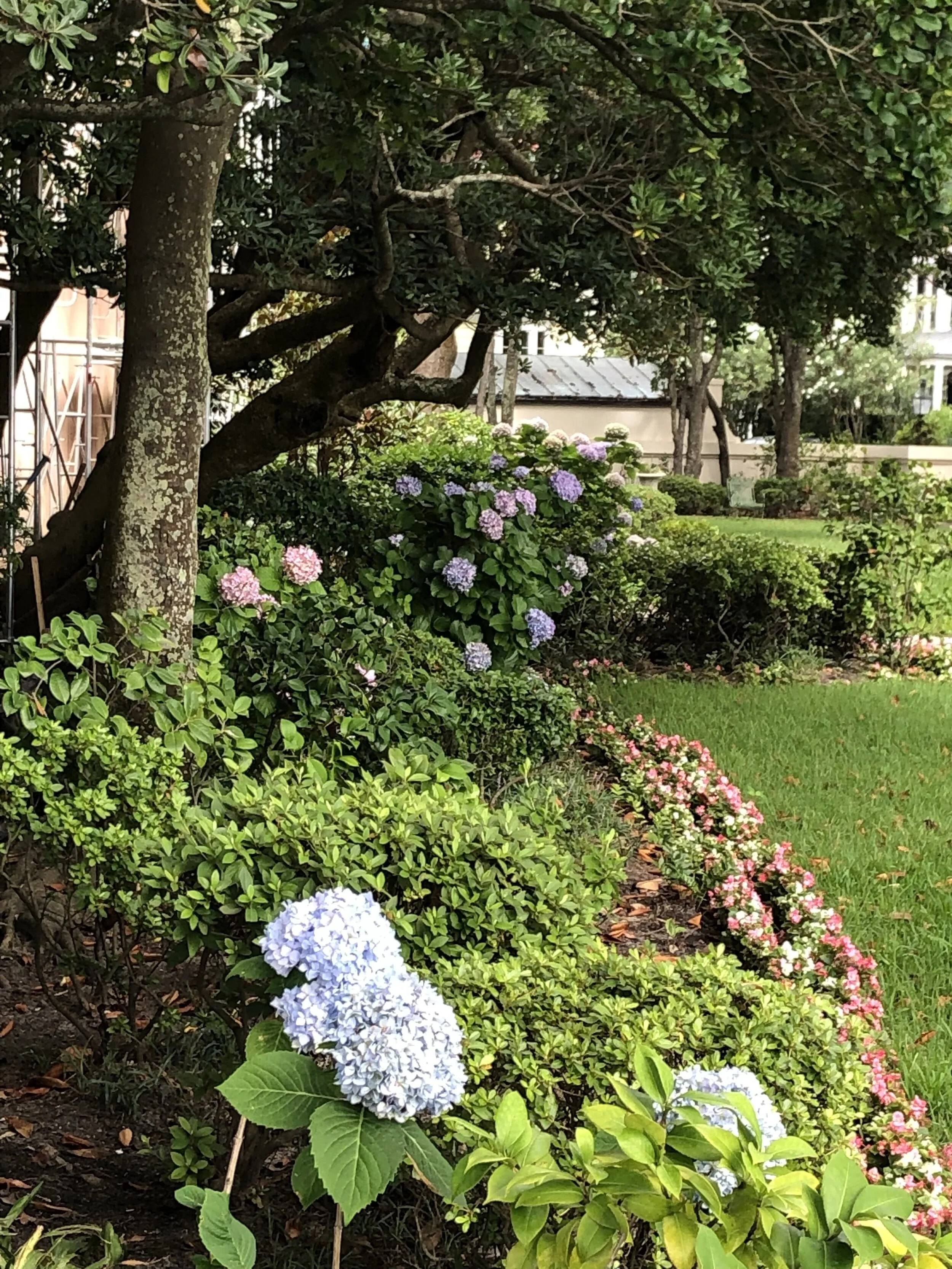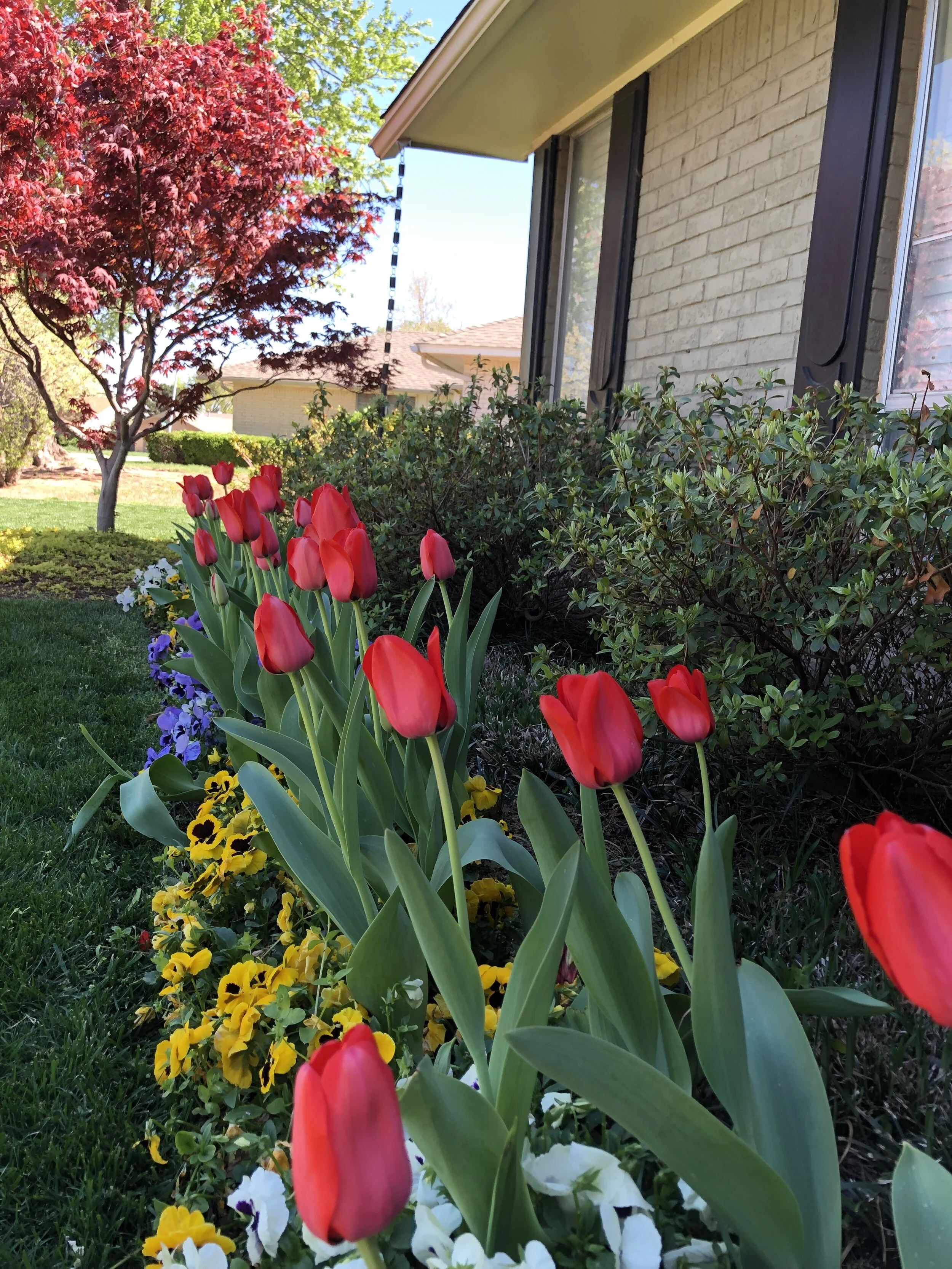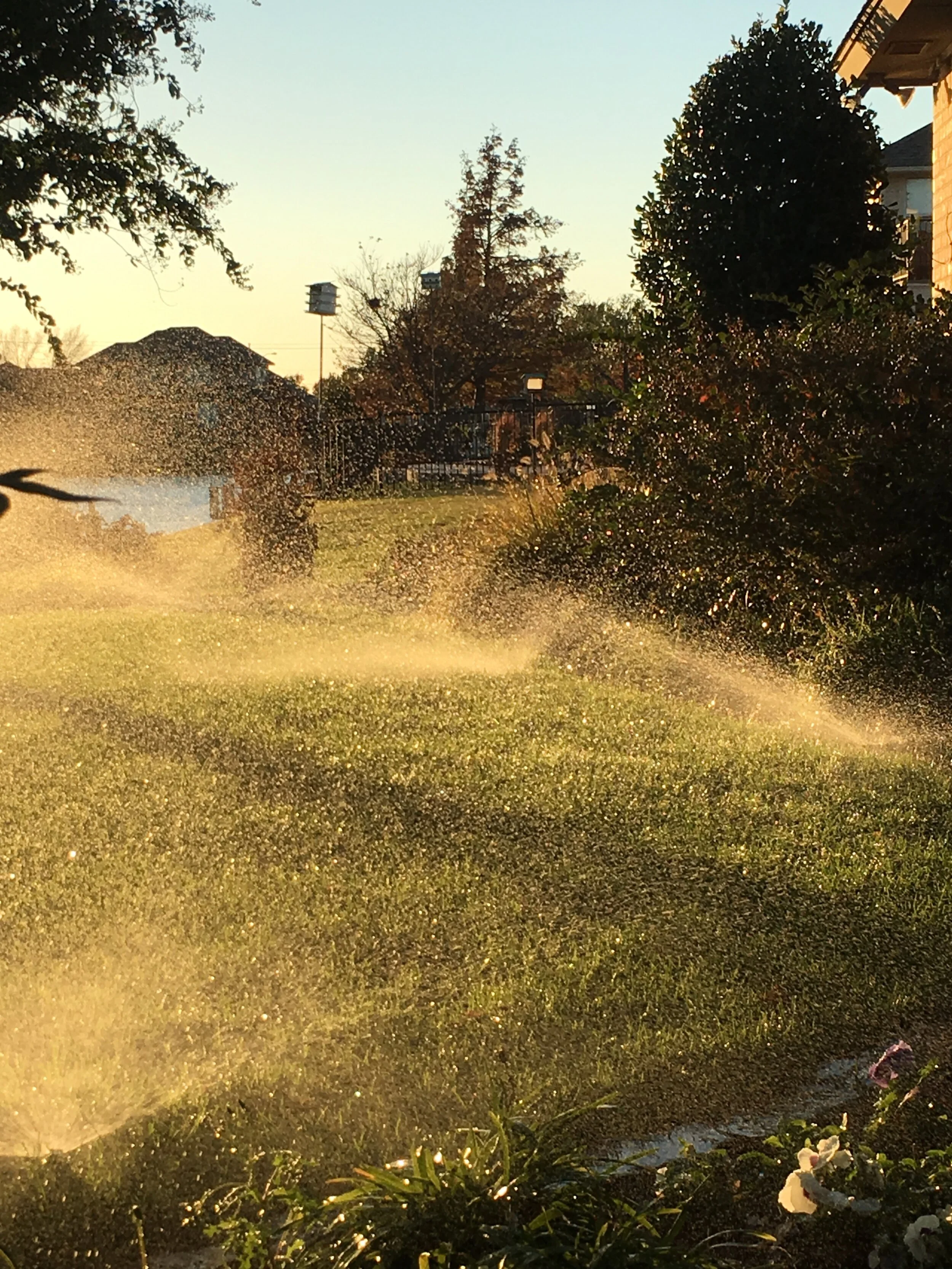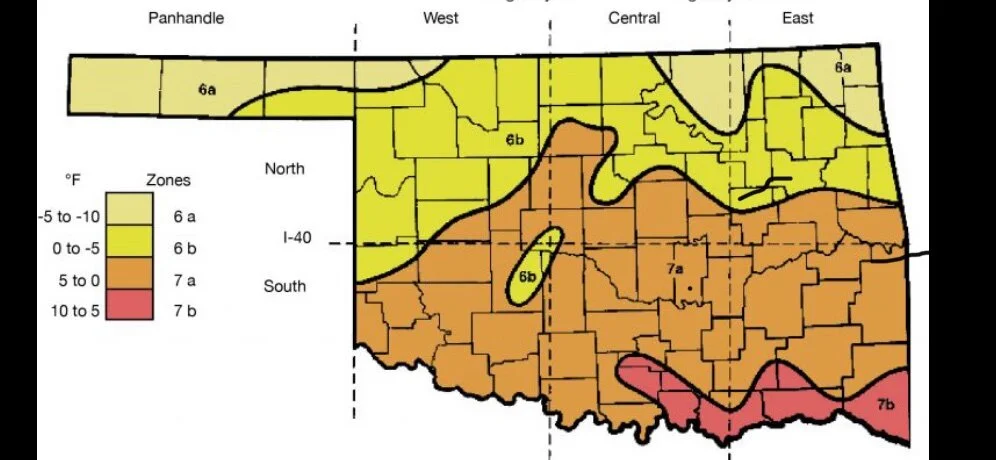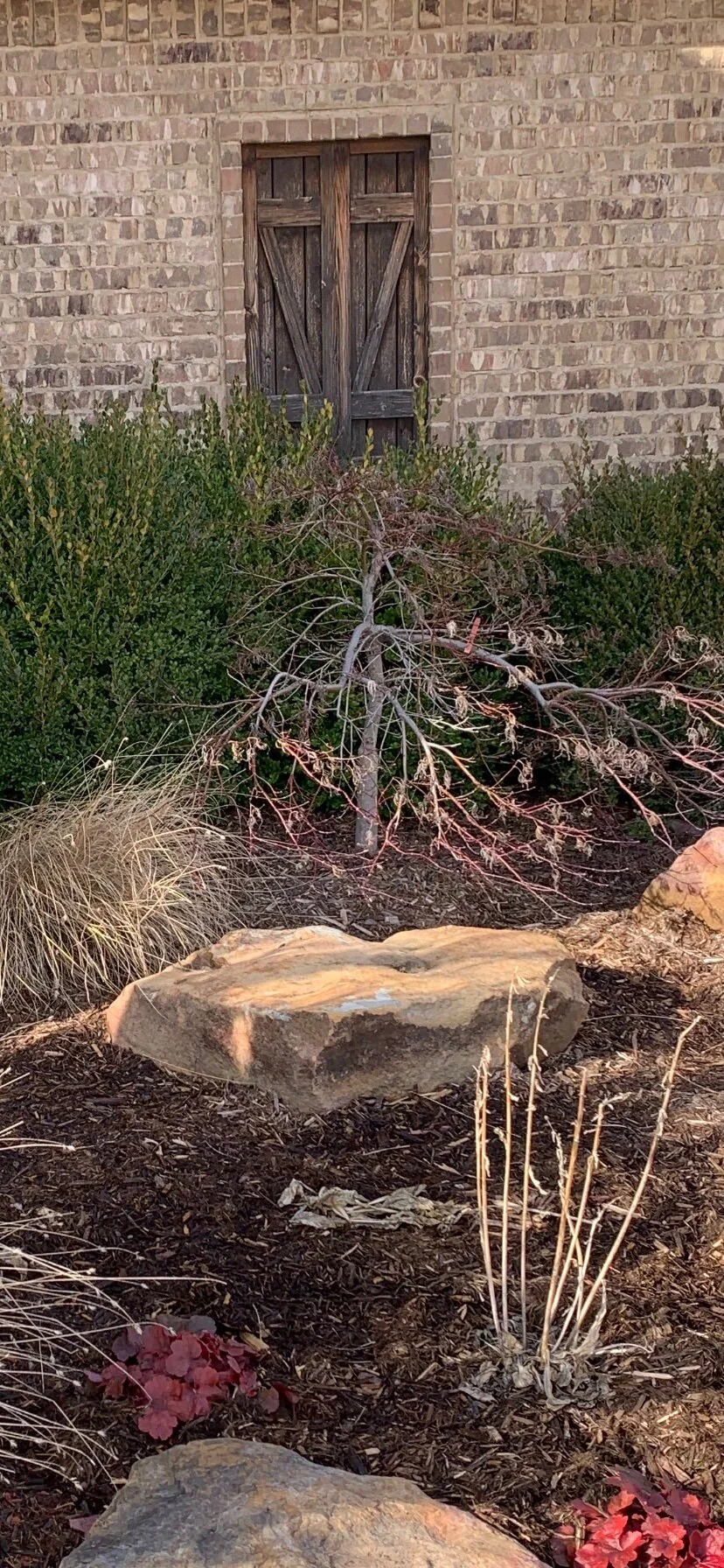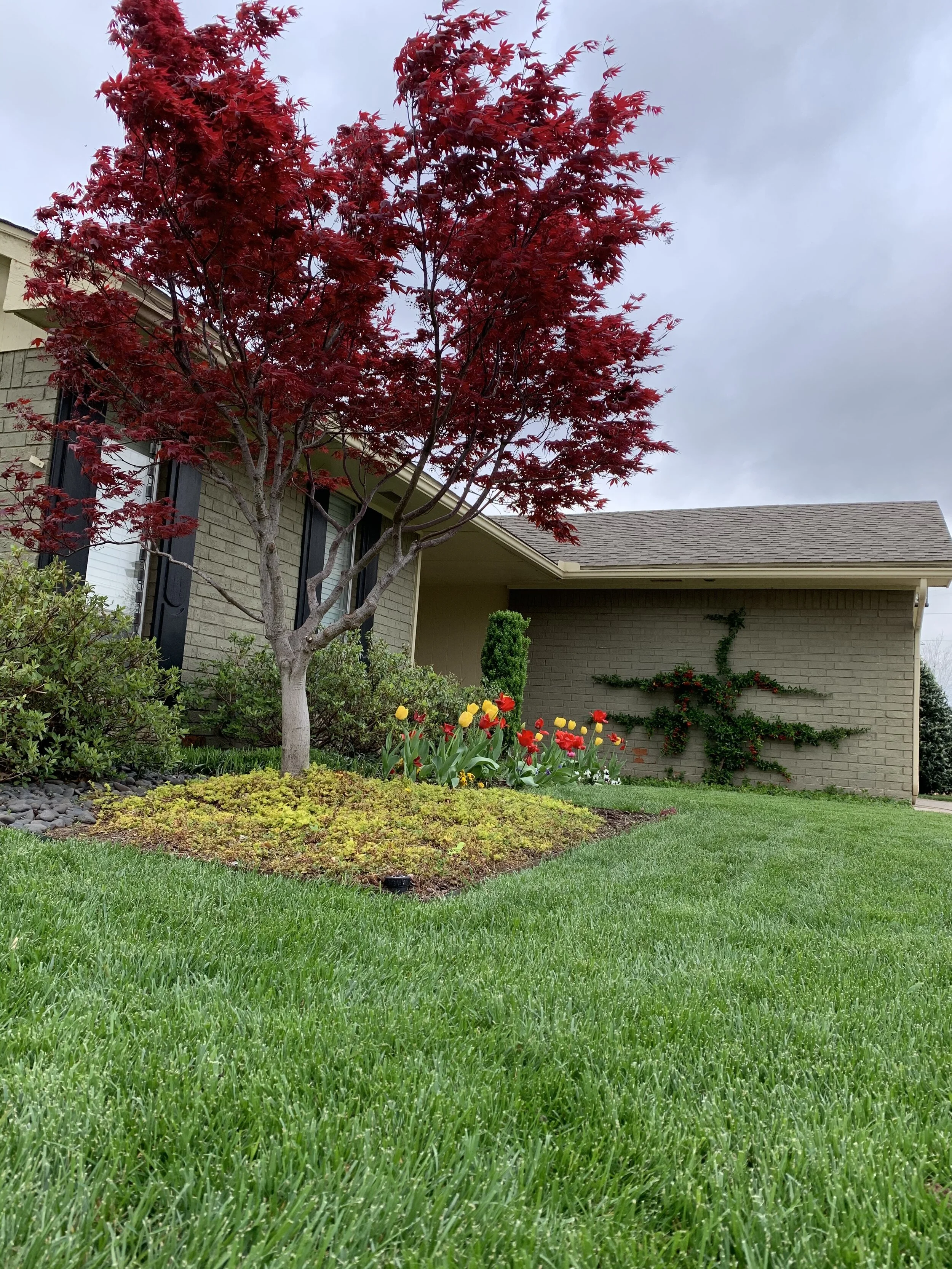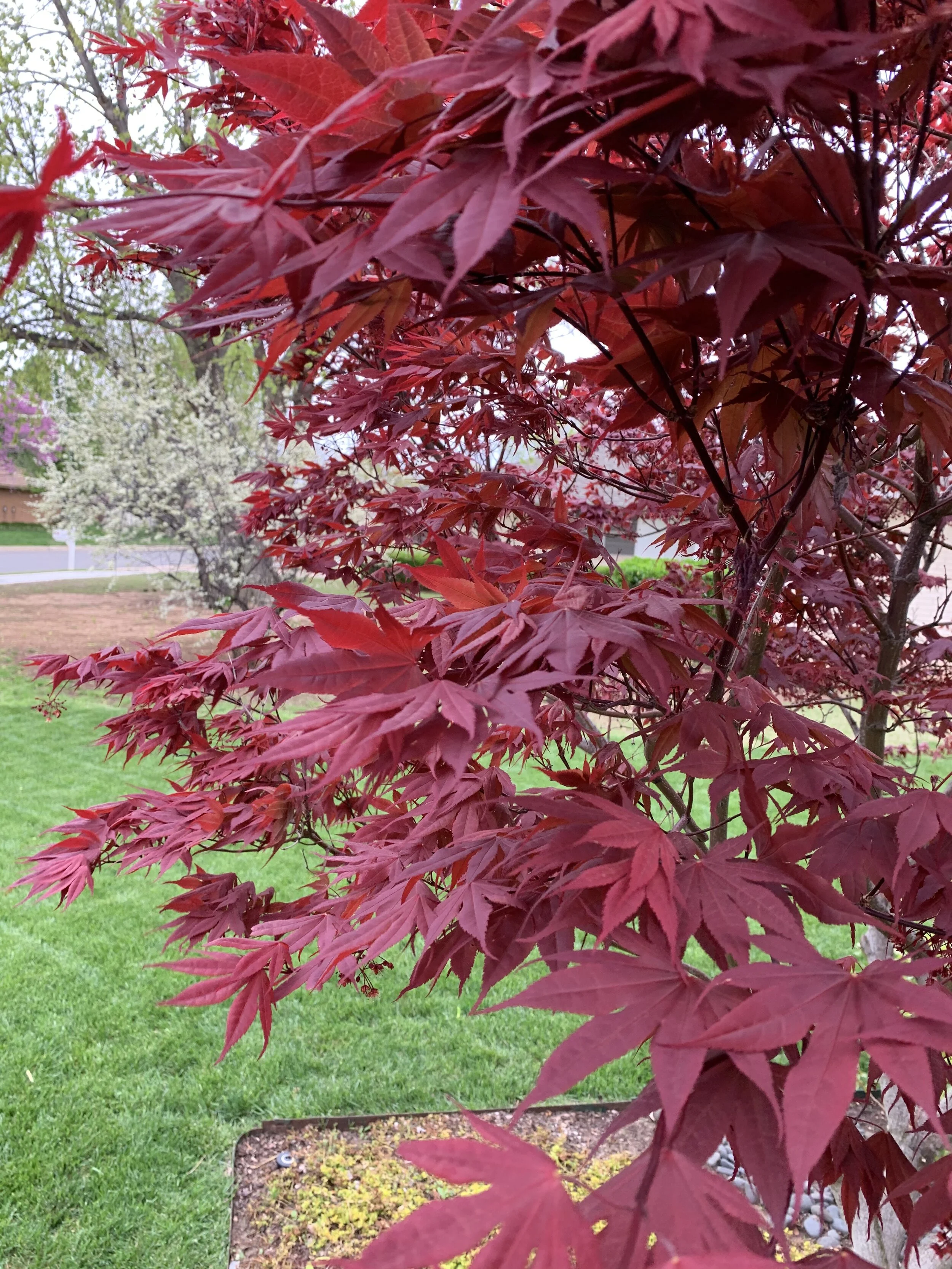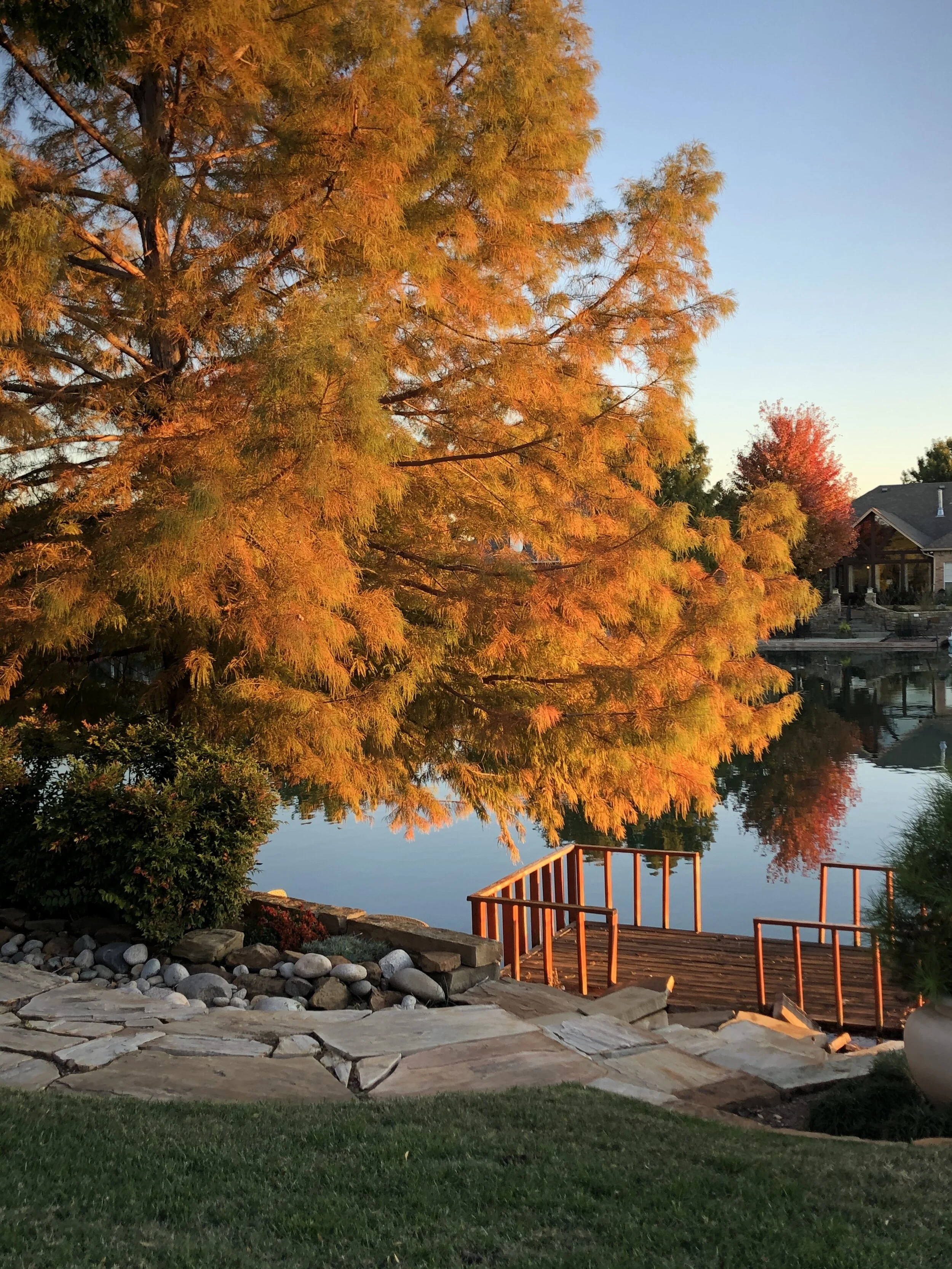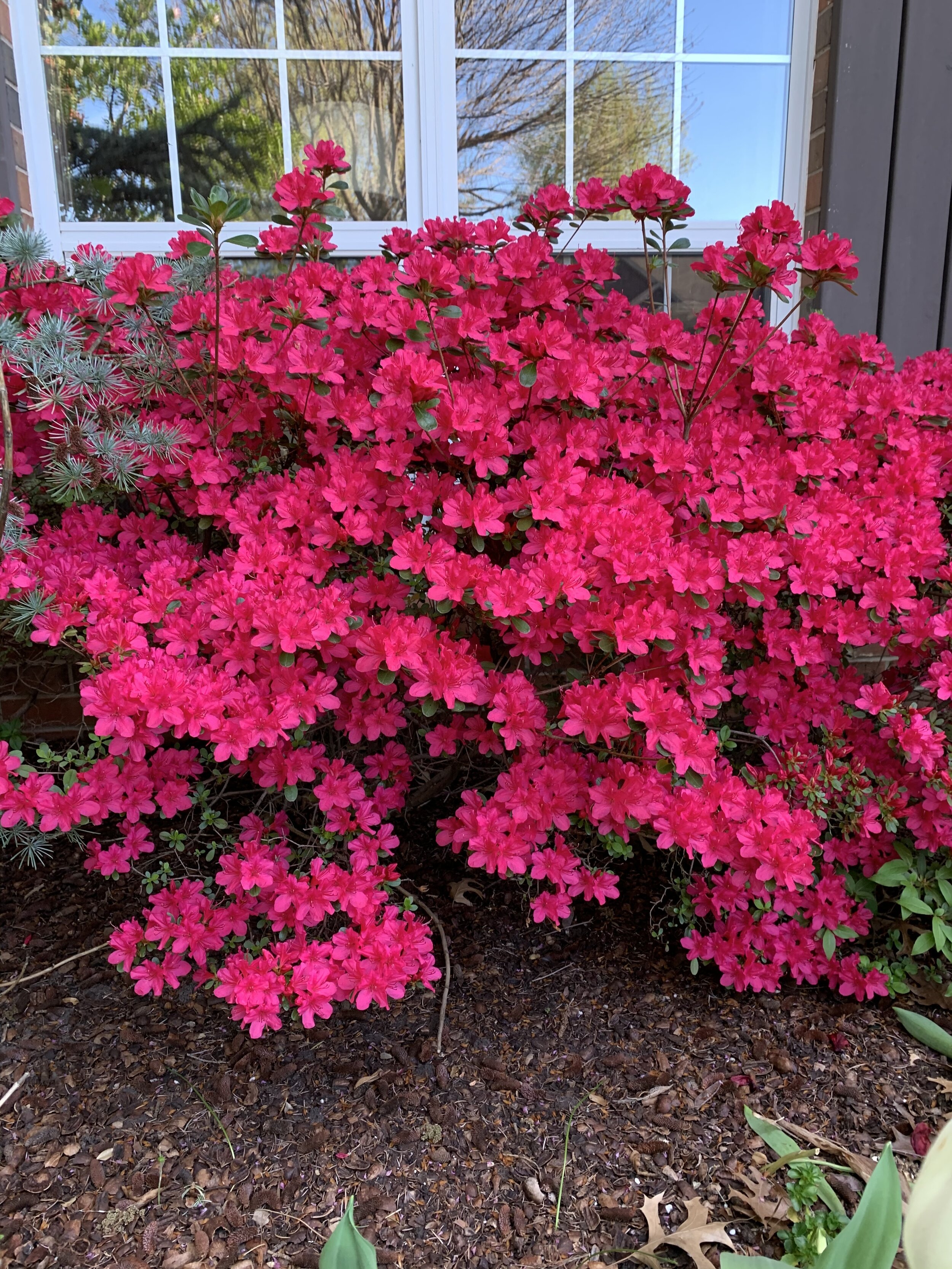The purpose of our weekly email is to share what we are seeing as we visit lawns and landscapes around Oklahoma City.
What are we currently seeing?
Very dry landscapes!
September is traditionally our 3rd wettest month but it is not living up to expectations this year. In the last 30 days, the metro area has averaged less than 1” of rainfall with many areas under a ½”. Soil moisture is low to nonexistent in the Oklahoma City area.
Many lawns were ravaged by armyworms in August and recovery has been slow due to our unseasonably high temperatures and lack of rainfall. Even though, lawns that have been receiving sufficient moisture have shown signs of recovery while lawns that are suffering drought stress are still showing the scars of August’s attack.
Fall moisture is critical for your lawn and landscape.
With the correct amount of moisture, 1” per week, fescue lawns can’t be beat in this time of the year.
One of the best gifts you can give your lawn and landscape is to take a moment to inspect it each week.
Just a few minutes looking and asking yourself if everything looks healthy.
Just a few minutes of being proactive instead of reactive.
But no matter the type of turf you have or the types of trees, shrubs, and flowers in your landscape, moisture is important through the fall. Here are a few watering tips to follow as we head into the fall and winter:
Water-Based on Need – The perfect situation would be to inspect your lawn every few days and make watering decisions based on need. Don’t just leave the system on automatic and forget it. And, don’t just turn it off for the season. For fescue, if the grass doesn’t spring back up after walking on it, it is time to water. When shrub and flower leaves start showing signs of wilt, it is time to water. Another easy test is to take a long screwdriver, if it slides easily into the soil you don’t need to water.
As fall approaches, the tendency is to completely stop watering, and if were receiving at least 1” of moisture per week, that would be fine. But, as long as we remain dry, watering is remains important. Watering isn’t a summertime activity only.
Pre-emergent herbicides need to be watered into the soil to be effective at stopping germination of annual weeds. Often, we can count on an occasional fall rain to handle this important step in the prevention of weeds. Not this year. Always follow watering instructions with lawn care applications!
For fescue lawns, fall is the most important time for turf development. With the correct amount of moisture and nutrients, fescue overcomes the stress of the summer and flourishes. With the cooler nights, fescue lawns that are receiving sufficient moisture have started to rebound. Dry fescue lawns are lagging.
Because of last month’s army worm damage, many water starved lawns are being mistakenly diagnosed as left over army worm damage. But, after turning on the irrigation system, it was discovered the problem was actually a broken irrigation head.
Fescue seeded 3 weeks ago that has been correctly watered. If you seeded this fall keep newly seeded areas tacky moist until the seed fully germinates, usually 14 days. The best technique is to water short cycles 3x per day: early morning, late morning, and late afternoon.
Water Based on Weather – It’s OK to turn your irrigation all the way off when we get into winter if you keep up with the weather. December through February, water anytime we have not received a good rainfall within the last 7-14 days. Dry plant roots during the cold of winter can be very damaging. A good source for local weather data is the Mesonet: https://mesonet.org/
Add A Rain/Freeze Sensor – A sensor will interrupt a run cycle when it rains and when it is too cold. If you have a rain/freeze system, set your controller to run one time per week during the winter.
Even with temperatures still hanging in the 90’s, new seeded fescue is coming up well this week. The secret is keeping the soil tacky moist until the seed fully germinates.
Water Less Often – Shorter days and cooler nights mean we are getting close to the time to water less. We just need a little rainfall, and we will be there. When the time comes to water less, don’t reduce the length of time each zone runs. Instead water less often. Set your irrigation to run every 4 days instead of every other day during the fall. Eventually, you can extend watering out to every 6 days.
Water Deep, Not Shallow – Deep watering is important in every season. Shallow, frequent watering promotes shallow roots, increases weed content, promotes diseases, and reduces cold hardiness. If you can get 1” of water on your lawn in a single watering without causes excessive runoff, water just one time per week. But, for most of our soils you should plan on watering ½” twice per week. It is best to saturate the soil each time you water and then allow it time to dry before watering again.
Many trees and shrubs are showing signs of drought stress. This maple’s leaves are wilted and dropping like it is fall. Protect your landscape investment. Inspect and water if you see signs of drought stress.
Add a Wi-Fi Link – Several of our customers have installed the Rainbird Wi-Fi Link and allow us the ability to monitor their irrigation systems. Daily we survey the Mesonet website for key weather data, make moisture need decisions and adjust systems. A rain sensor will stop a cycle, but with the Wi-Fi Link we can remotely adjust a system based on weather data.
With only .19” of rain in the last 30 days, poor irrigation coverage is very noticeable.
Just because the growing season comes to an end, doesn’t mean your lawn and landscape doesn’t need moisture..
Protect your landscape investment…
Water based on need…year round.
Lorne Hall
Hall | Stewart Lawn + Landscape
(405)367-3873

